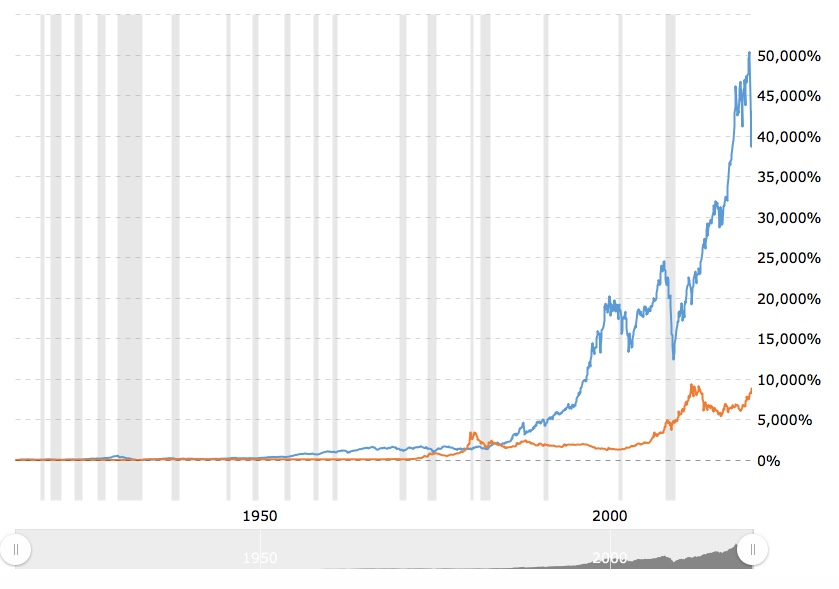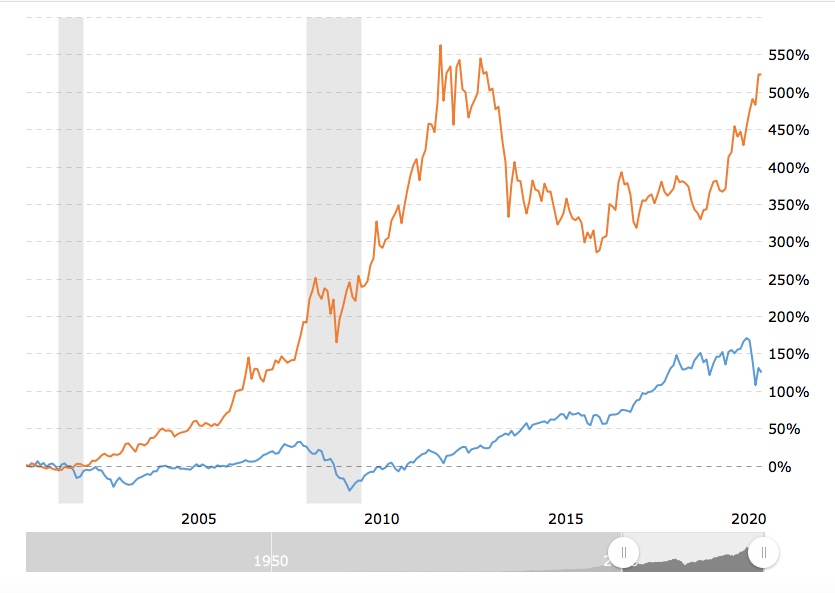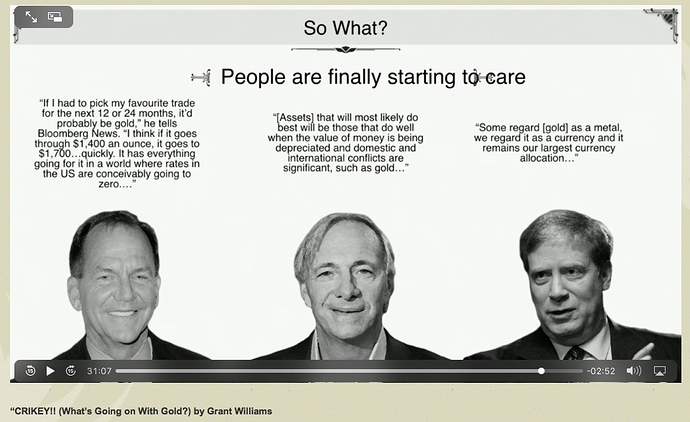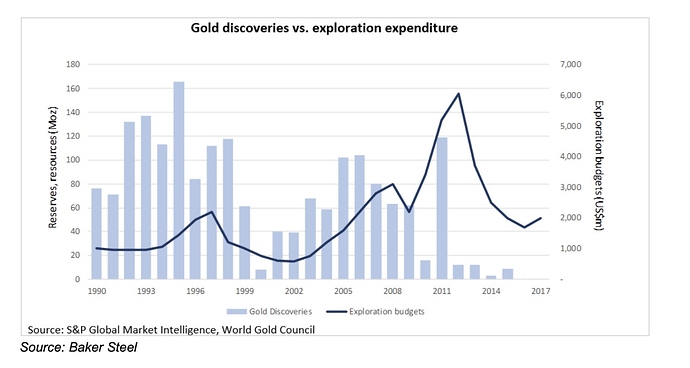I think that understanding Rule 144 is critical for any Medinah shareholder or prospective investor in either Medinah or AUMC. It will help existing Medinah shareholders make sense of what we’ve been going through over the last several years. Forgive me if this post might be a bit “granular”. A year or so ago, I posted about the good and bad news regarding Rule 144 of the 1933 Securities Act or 17 CFR 230.144. The purpose of this rule is to provide a “safe harbor” for those participating in things like private placements and the transaction which Medinah, Cerro and AUMC completed so that nobody inadvertently participates in what the SEC refers to as an “illegal underwriting”.
A “safe harbor” means that the SEC promises not to go after any seller of securities acquired in private transactions as long as they follow certain rules and access certain exemptions from the illegal underwriting laws. In the OTC markets, there is typically no official PROSPECTUS carefully outlining the risks inherent in participating in an underwriting of the stock of any issuer. Rule 144 is designed to protect investors in a situation like Medinah’s and AUMC. Nobody in a “control” position is allowed to dump massive amounts of recently unrestricted shares on unsuspecting investors. Rule 144 provides critical protection to the Medinah and Cerro shareholders involved in the sale of the mining assets to Cerro/AUMC.
Since Cerro (now AUMC) was not subject to the SEC filing requirements of Sections 12 and 15 then any private transaction involving Cerro shares (like the Medinah/AUMC transaction) mandated an immediate 12 month “restriction period”. If Cerro were trading on an official “exchange” like the NYSE and was an SEC “reporting company” then the initial restriction period would have been 6 months.
The law states that in a transaction like ours, there is a “minimum” holding period of 12 months for the recipients of “restricted” shares. The term “minimum” is used because of the existence of these things called “control” securities which are different from “restricted securities” with a restrictive legend. “Control securities” are owned by persons/entities referred to as “affiliates”, which include entities like Medinah, who are in a “control” position with a company. The key is the definition of an “affiliate” and the definition of “control”. From the SEC:
“Control securities are those held by an affiliate of the issuing company. An affiliate is a person, such as an executive officer, a director or LARGE SHAREHOLDER (emphasis added), in a relationship of control with the issuer. Control means the power to direct the management and policies of the company in question, whether THROUGH THE OWNERSHIP OF VOTING SECURITIES (emphasis added), by contract, or otherwise. If you buy securities from a controlling person or “affiliate,” you take restricted securities, even if they were not restricted in the affiliate’s hands.” [end quote]
Medinah is clearly an “affiliate” of AUMC. Why? Because it is a large (24%) shareholder. Medinah is also a “control person”. Why? Because of the “through the ownership of voting securities” phrase within the definition of “control”. This induced the need for that second 12 month holding period which lapsed in December. Note that an investor doing a private placement for a relatively small number of shares would go through a 6-12 month “restriction period” but not that second 12 month holding period. The BAD NEWS for Medinah shareholders is the 24-month combined holding period.
Why is this BAD? It’s BAD because in that 24-month interim period AUMC management has to deal with their corporation only having 5% of its shares in a free-trading status. Management can’t do Jack Diddly from a PROMOTIONAL point of view without running afoul with the SEC illegal underwriting rules as well as Rule 10(b)5 which forbids the use of any “contrivance to defraud”. The release of positive news could put the AUMC share price into orbit because the “demand for” shares would increase while the “supply of” shares would remain de minimis. The SEC acknowledges that this wouldn’t be fair to any naïve investors chasing the share price up to unsustainable levels. These potential investors need protection. The accusations of attempting to orchestrate a “pump and dump” would ring from the mountain tops if Auryn had gone into promotion mode.
However, this does not mean that we should assume that all kinds of good news has been stockpiling up. That wouldn’t be right either. The role of the NO MARKET MOVING POSITIVE NEWS ALLOWED phenomenon can only be evaluated after the AUMC shares are allocated and distributed and all material information is in the public domain. As we shareholders have learned, two years of being left in the dark is not a whole lot of fun. But it was necessary, oddly enough, in order to provide investor protection which is the SEC’s primary mandate.
What can happen in a situation like this is shareholder frustration levels can go through the roof and the share price can act as if it is on an elevator stuck in the “down” position. Since there is no news flow, many shareholders will naturally assume that management doesn’t care or that things must have gone wrong somewhere and they will sell their shares. Prospective investors will see the never ending downticking in share prices and remain on the sidelines.
Now that we’ve survived the BAD NEWS phase, what is the GOOD news in regards to 17 CFR 230.144? It starts with the fact that Maurizio and his wife CONTROL about 73% of the AUMC shares. Medinah will shed its CONTROL status upon the allocation and distribution of the AUMC shares to individual Medinah shareholders but Maurizio and his wife and any other “affiliates” of AUMC will continue on as CONTROL persons due to their ownership percentage as well as them running the show. They would only be able to sell small dribs and drabs of stock on a quarterly basis as per a formula. THEY CAN ONLY DO THIS, HOWEVER, AFTER PUBLICLY FILING A FORM 144 WARNING US THAT THEY INTEND TO SELL SOME SHARES PRIOR TO SELLING THEM. Keep in mind that during the BAD NEWS phase management cannot participate in the market because they clearly are in possession of material nonpublic information-perhaps a lot of it.
Since management is pretty much handcuffed from scoring big in the public markets on a day to day basis, if positive cash flow is available then cash dividends or an outright sale might be their preferred means to cash in. Thankfully for management, control shares earn the same cash dividends as free-trading shares.
The gist is you’ll have VISIBILITY of 73% of the shares. That is a very big deal. The financial incentives for both shareholders and management are also nicely aligned. Remember too that the average Medinah and Cerro shareholder need about a “ten-bagger” to get back to even. If we can assume (no promises) that those who haven’t sold their shares after all of this are probably trying to get back to even or near even then the supply of shares for sale could be really tight if good news is coming and the demand for shares increases (again no promises).
Note how contrary to conventional wisdom this is. Conventional wisdom would say that if 95% of AUMC’s shares suddenly became free-trading then “look out below”, the share price might collapse. But think about it, Medinah shareholders collectively holding 24% of the AUMC shares have had liquidity all along during this period. They’re not suddenly gaining liquidity after not having any. Anybody wanting to sell has had the ability to sell. The old Cerro shareholders have also had the ability to sell since they now own AUMC.
The party that is gaining liquidity is management but they own CONTROL securities. Remember also that management bought a lot of shares out of the open market at between 5- and 10-cents. These purchases need a 100-bagger just to break even. This scenario is not at all like a huge private placement in which at a certain date a lot of investors could simultaneously gain liquidity and be looking for the exit sign.
IMO, the other GOOD NEWS in Raul’s E-mail to a shareholder is finally getting an explanation for the nature of the delays. They were of a regulatory nature. The reason why management has been so tight-lipped also becomes apparent when only 5% of their shares are free-trading and the market so subject to manipulation. I can imagine that a lot of shareholders were contemplating worst case scenarios during the delays and management’s perceived refusal to communicate. Instead it might be (again no promises) more of management’s INABILITY to communicate.



